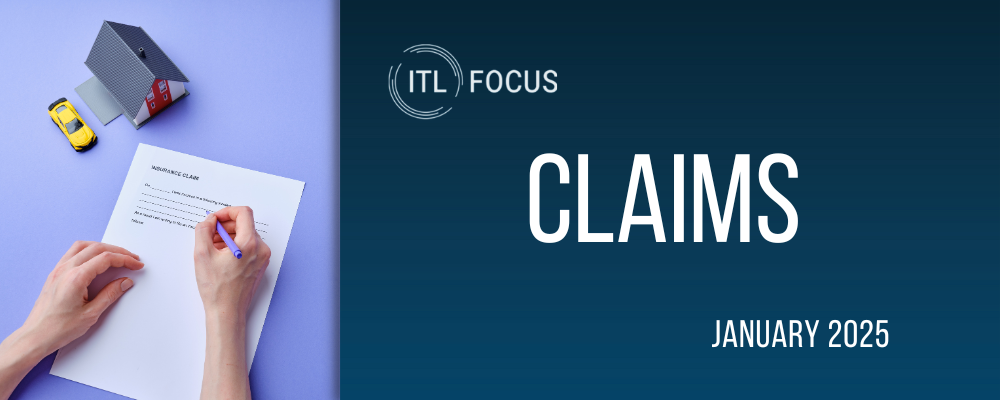Except with respect to the limits of insurance, and any rights and duties specifically assigned in this coverage part to the first Named Insured, this insurance applies: a) As if each Named Insured were the only Named Insured; and b) Separately to each Insured against whom claim is made or "suit” is brought.In the typical Owner Controlled Insurance Program, each contractor and subcontractor qualifies as a "named insured.” The insurance company must view each named insured separately, as if that contract were the only contract to apply. Each named insured under the policy is given equal coverage. The carrier's duty to provide a defense and indemnity exists separate and distinct from every other contractor under the policy. Each named insured has an obligation to tender the loss to the insurer and must cooperate with the insurer in the investigation of the claim or suit, and in its own defense.
Owner Controlled Insurance Program Liability Claims Challenges, Part 4
An Owner Controlled Insurance Program general liability policy is, in most respects, similar to the industry standard general liability policy. An Owner Controlled Insurance Program claim is analyzed by taking the same systematic approach that is used with other insurance claims. Companies and insureds alike should resist the temptation to treat the Owner Controlled Insurance Program differently and/or disregard the policy language. Only in taking consistent approaches will the insurance company make sure that the most appropriate legal and business decisions are made.|








